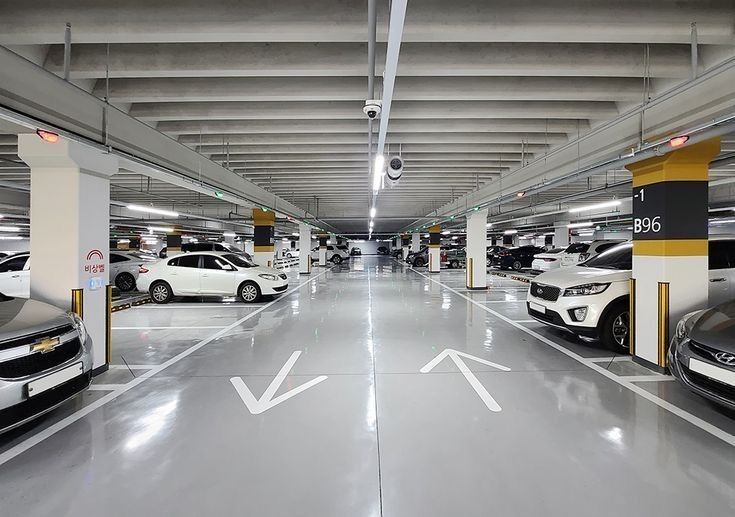Alternate Side Parking: Everything You Need to Know in the US

You have undoubtedly heard of Alternate Side Parking (ASP) if you travel through or reside in a large US city. Knowing the regulations is crucial to avoiding expensive citations and towing, whether you’re in San Francisco, Chicago, or New York City.
We’ll explain what ASP is, why it exists, and how to maintain compliance stress-free in this tutorial.
What Is Alternate Side Parking?
Alternate Side Parking (ASP) is a system that regulates which side of the street cars can park on, depending on the day and time of year.
Typically, cities require vehicles to move from one side of the street to the other on designated days. This allows street sweepers, snow ploughs, and maintenance crews to clean and maintain roads.
Example:
In New York City, Alternate Side Parking (ASP) is usually in effect a few times a week on residential streets. You might see signs like:
“No Parking Monday & Thursday 9:00 AM–10:30 AM”
This means cars must be moved during those times so the street can be cleaned.
Why Does ASP Exist?
ASP isn’t just a random inconvenience; it serves important purposes:
- Street Cleaning – Keeps roadways free of trash, leaves, and debris.
- Snow Removal – Makes space for ploughs during winter storms.
- Public Safety – Clear streets improve visibility and reduce hazards.
- Urban Maintenance – Supports road repairs, tree trimming, and utility work.
How to Avoid Tickets
Parking violations for ASP can be expensive. For example, in NYC, fines are typically $65 per violation, and your car could even be towed.
Here’s how to avoid them:
- Read the Signs Carefully – Street signs clearly show ASP days and hours.
- Use Parking Apps – Apps like NYC 311 or SpotHero send alerts before ASP starts.
- Set Calendar Reminders – A quick phone reminder can save you hundreds in fines.
- Know Holiday Rules – Many cities suspend ASP on public holidays.
- Check Weather Alerts – Snow emergencies may change enforcement schedules.
ASP in Different US Cities
While ASP is most famous in New York, several other cities also enforce it:
- New York City – The most well-known and strictly enforced ASP system.
- Chicago – During winter, ASP bans parking on certain streets to facilitate snow ploughing.
- San Francisco – Street cleaning schedules work similarly to ASP rules.
- Los Angeles – Certain neighbourhoods follow alternate parking schedules for sweeping.
Pro Tips for Hassle-Free Parking
Park on the Legal Side the Night Before – Avoid rushing in the morning.
Watch Neighbors – Locals often know the timing and move their cars early.
Rotate Vehicles – If you have multiple cars, plan ahead so you don’t block yourself in.
Look for Weekly Patterns – Some streets have predictable ASP schedules.
Final Thoughts
Alternate Side Parking may seem like a hassle, but it’s a key part of keeping US city streets clean, safe, and accessible.
If you take the time to learn the rules, use reminders, and check holiday schedules, you can avoid costly tickets and make city life a lot less stressful.

